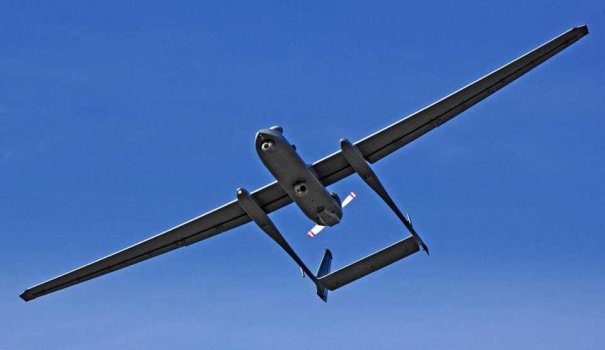K
Kathleen Martin
Guest
We’re in the middle of an explosion of innovation in drone technology. According to a report by venture capitalist at Phystech Ventures, there has been $5 billion of investment in drone technology in the past two years, leading to the development of no fewer than 170 different air taxi, cargo, and vertical take-off-or-landing craft by almost 130 different companies.
Also: air taxis are hype, not substance, he says.
“From my perspective, [the] air taxi topic is a little bit hyped,” Daniel Shaposhnikov, a partner at Phystech Ventures, told me recently on the TechFirst podcast. “Scalability for the cargo drones will be much closer.”
Why?

The air taxis might get the headlines and they might even get the investment dollars because they’re sexy and visual and exciting. But cargo drones solve a massive existing problem — last mile delivery — and they’re far easier to implement. A key reason: safety regulations for craft carrying humans in the air are much more onerous. And, the drone size you need to carry one to four people is easily an order of magnitude bigger than usable cargo drones in active service today. Plus, the fine-grained air traffic control you’d need for manned drones is a significant challenge.
That’s why, Shaposhnikov says, even on air taxi drone websites or presentations, you’ll see a cargo drone in the background.
When we think drones we tend to think electricity and batteries, but a full 35% of the drones under development have good old-fashioned internal combustion engines. Many have hybrid models, some use hydrogen fuel cells, and only three are shipping pure electrical systems today. Current batteries do not offer sufficient power density and cannot power long flights, Shaposhnikov says.
Continue reading: https://www.forbes.com/sites/johnkoetsier/2022/02/07/drone-innovation-check-up-5b-investment-129-companies-170-craft/?sh=170af0338f64
Also: air taxis are hype, not substance, he says.
“From my perspective, [the] air taxi topic is a little bit hyped,” Daniel Shaposhnikov, a partner at Phystech Ventures, told me recently on the TechFirst podcast. “Scalability for the cargo drones will be much closer.”
Why?

The air taxis might get the headlines and they might even get the investment dollars because they’re sexy and visual and exciting. But cargo drones solve a massive existing problem — last mile delivery — and they’re far easier to implement. A key reason: safety regulations for craft carrying humans in the air are much more onerous. And, the drone size you need to carry one to four people is easily an order of magnitude bigger than usable cargo drones in active service today. Plus, the fine-grained air traffic control you’d need for manned drones is a significant challenge.
That’s why, Shaposhnikov says, even on air taxi drone websites or presentations, you’ll see a cargo drone in the background.
When we think drones we tend to think electricity and batteries, but a full 35% of the drones under development have good old-fashioned internal combustion engines. Many have hybrid models, some use hydrogen fuel cells, and only three are shipping pure electrical systems today. Current batteries do not offer sufficient power density and cannot power long flights, Shaposhnikov says.
Continue reading: https://www.forbes.com/sites/johnkoetsier/2022/02/07/drone-innovation-check-up-5b-investment-129-companies-170-craft/?sh=170af0338f64

